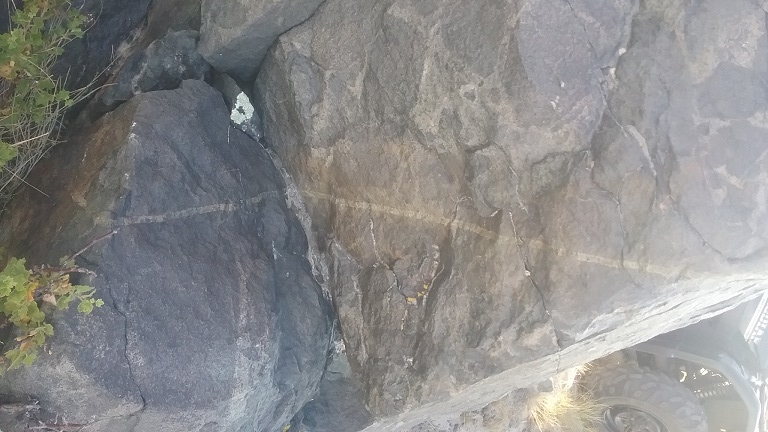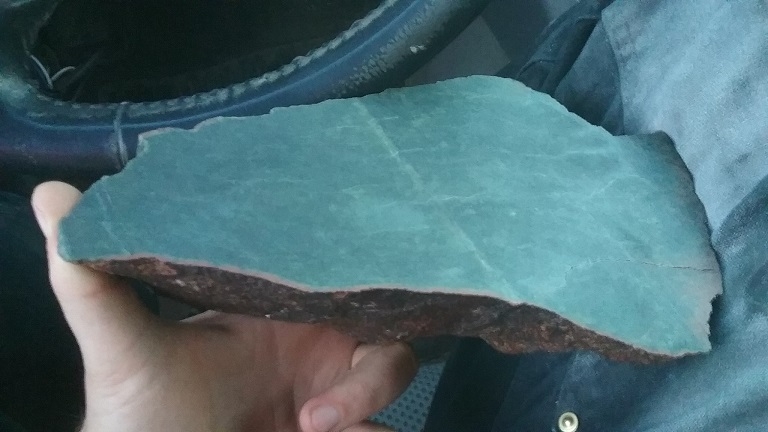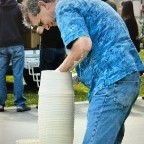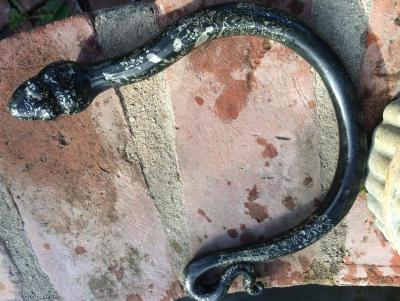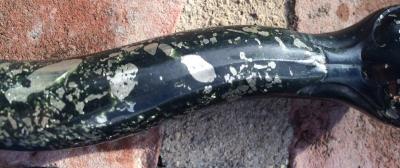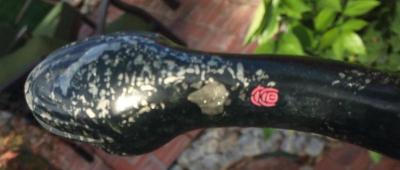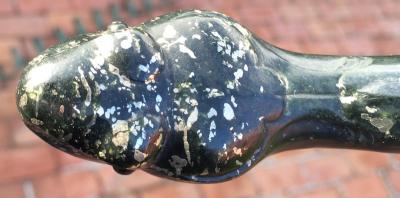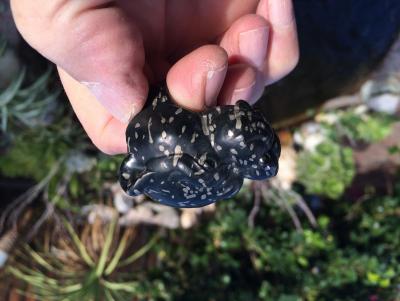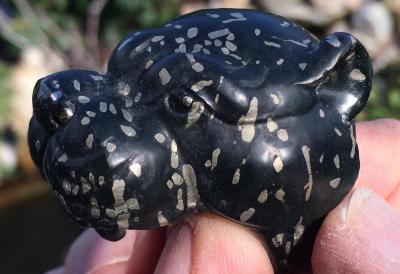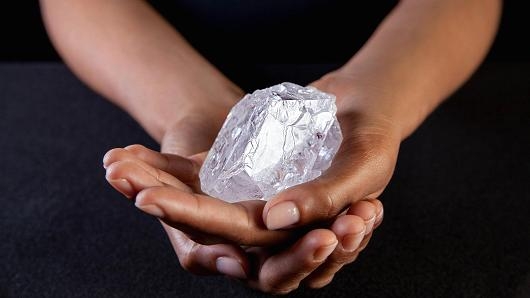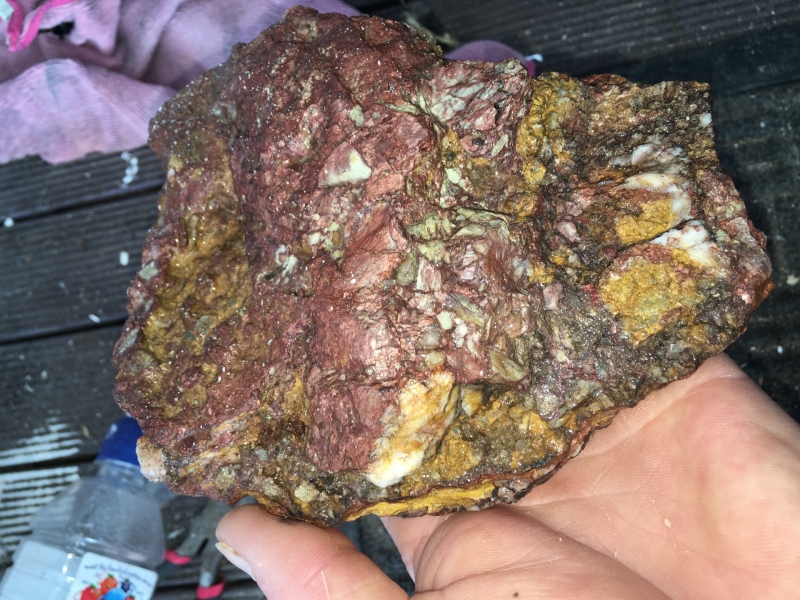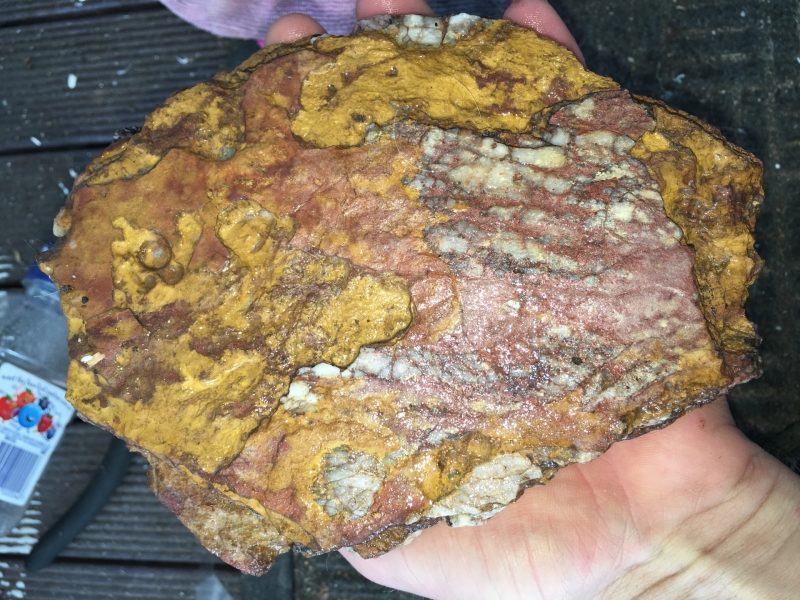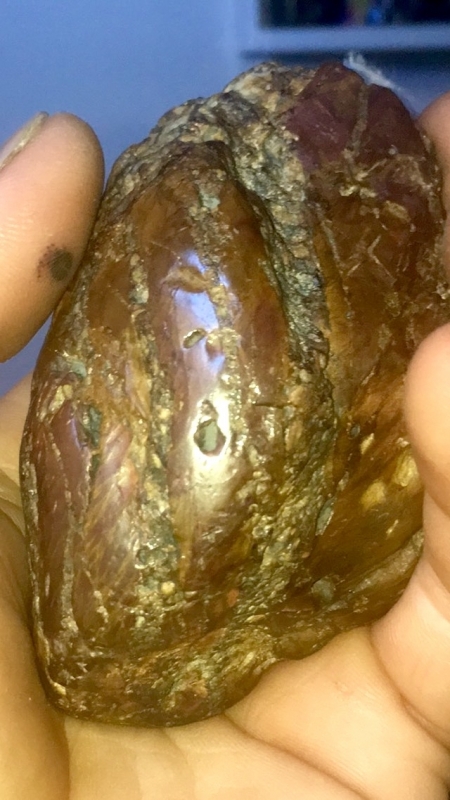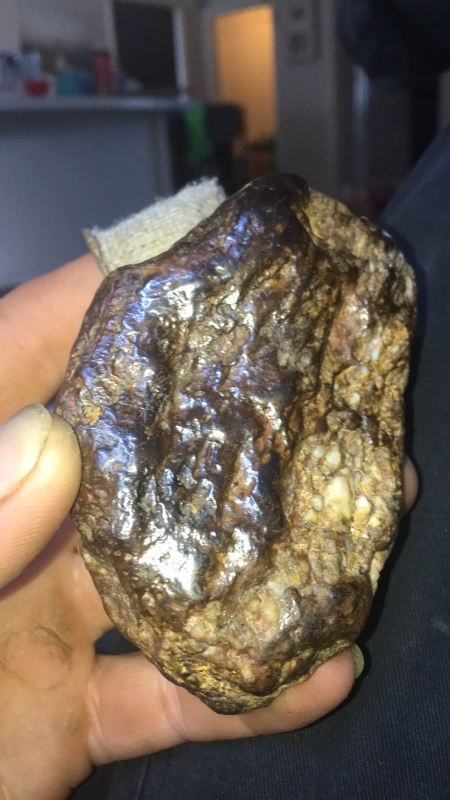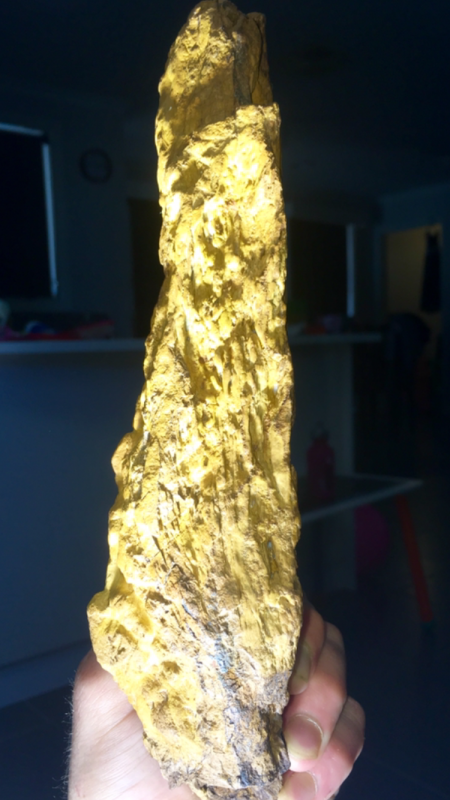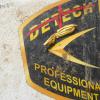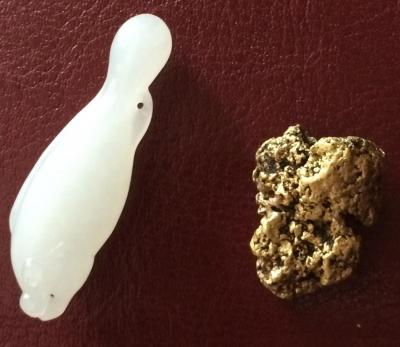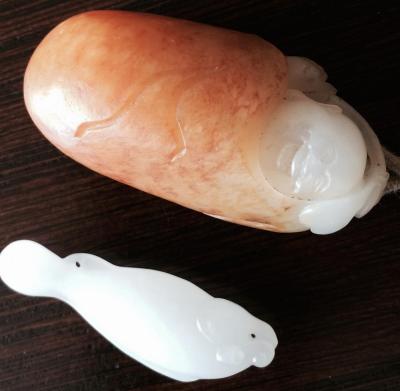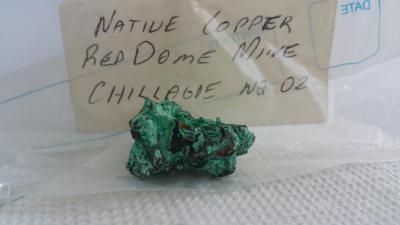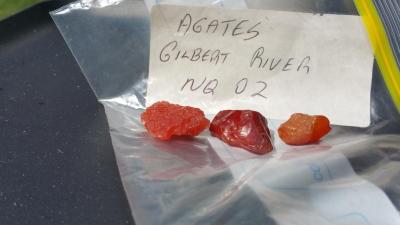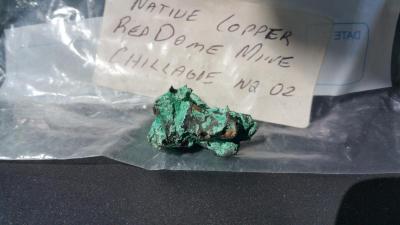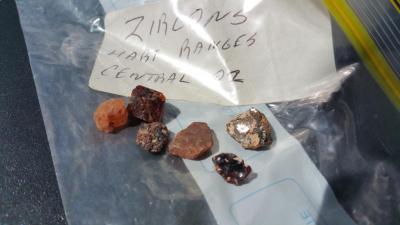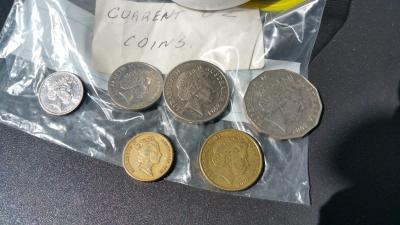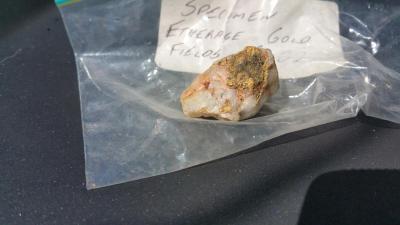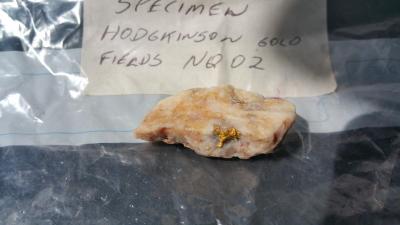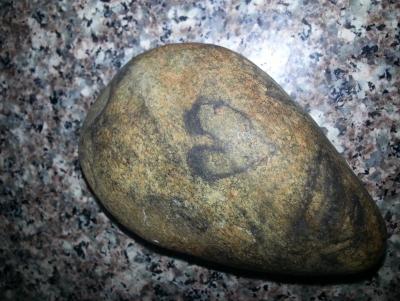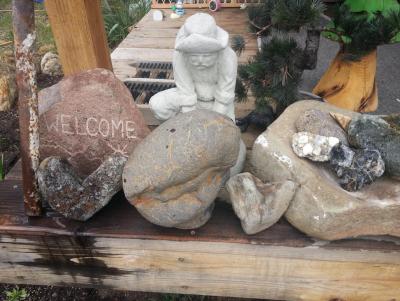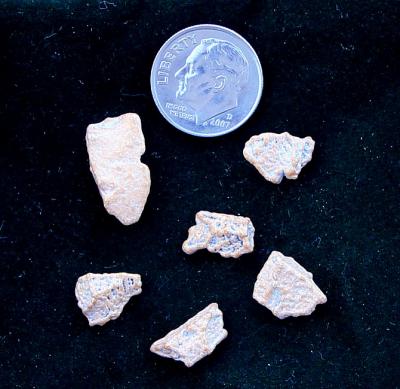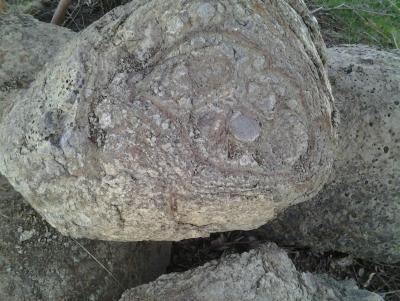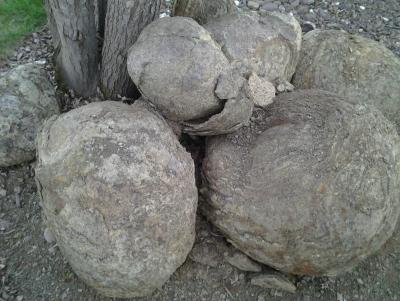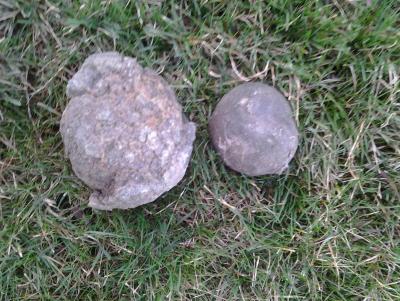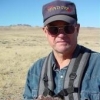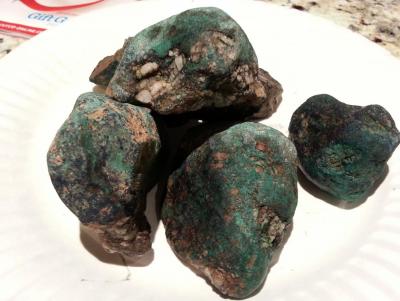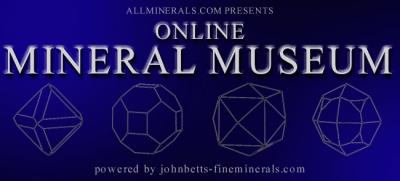Search the Community
Showing results for tags 'minerals rocks gems'.
-
Found this in large wash gravel from a pit ? any ideas it is solid rock looks like calcium deposits in holes looks like tool marks ?
-
This isn't about gold and I know this is a gold oriented forum but there are a few geologists and miners with a lot of experience in many things so maybe someone can help... My question is, how exactly do you go about mining and seperating a material like vein jade without destroying it? Seems like with blasting you risk blasting the vein apart too. Even if I did blast and broke the diabase into manageable cobble sizes that I could remove and process, how would I remove the actual vein itself without destroying the jade? A little backstory, one of the minerals I'm prospecting for is jade and I've found some veins (nothing economic or gem quality yet) finally so I think I'm on track to finding something better and potentially worth mining. But it got me thinking - with ore mining you can just blast it apart since it's being crushed anyways. But with something like jade where the vein is in place in rock and you want to keep the gem material as intact as possible, what would be the best method for mining and extraction? I have finally located a few veins, they are low quality material not worth mining and far too slim anyways. But even if these veins were good material I'm not sure I see a good way to remove it. I tried chiseling with very little luck. The veins are in either basalt or diabase and the rock is very hard and durable and the jade doesn't want to seperate easily. Most jade mined or even just collected by hobbyists is float in alluvium it seems like, so I'm not finding much useful info online on how to approach this. I'm attaching a photo of a small vein I found as an example, it's only 1/2" wide and low quality olive jade so not worth mining, but this is still the same rock and material I'd need to mine and work. Also here is some gemmy good deep green material I just cut off a boulder I found. This is Wyoming nephrite, it was float but still had vein material attached so I think I'm getting close.
-
Went to the local gem and mineral show a couple weeks ago and picked up some nice ore samples. One of the items going cheap was peacock ore, which Wikipedia says is the common name for the mineral bornite. According to them it has a specific gravity of ~5 and a chemical composition of Cu(5)Fe(1)S(4). My White's TDI PI detects a 74g sample at 10 inches in air. That's one hot rock! I suppose this could be a real payoff for copper if found in quantity. But for gold nugget hunters it's got to be a sting no matter where it jabs. Anyone found this while out hunting?
-
I have a chance to go hunt for geodes in the Keokuk,Iowa/ Hamilton,Illinois area this weekend. Supposedly this is one of the best areas in the world to find the better geodes. Some even have oil in them I heard. How do I tell the ones with the larger hollows before breaking them open? Anybody got tips and tricks for geode hunting? How to break them open the gentle way? I hear they are in creeks and gray shale deposits in ravines. Thanks.
-
I thought everyone might enjoy looking at some interesting nephrite jade, this snake necklace and leopard ring were carved by a friend in China from untreated natural dark green nephrite jade with naturally occurring gold.
-
"Lesedi la Rona," the largest gem-quality rough diamond discovered in more than 100 years, will be auctioned in London next month and is expected to sell for $70 million, international auction house Sotheby'ssaid on Wednesday. Ahead of the auction on June 29, the 1,190-carat diamond, its name in Botswana's Tswana language translates as "Our Light," was on display at Sotheby's New York headquarters. http://www.cnbc.com/2016/05/04/worlds-biggest-diamond-to-be-auctioned-in-london.html
-
-
-
-
-
Hey folks, just throwing this out to some who maybe struggling with this topic of crystalline growth patterns and terms. I know many of you like myself enjoy the detecting gold. Over the years I am sure some of you have collected and added a number of nice specimens to your collection. My question is how do you determine what you have? If you look at some of the high end mineral dealers web sites and the high price they ask for some rare specimens, I believe its important for use "field collectors" of this mineral to educate ourselves in identification of crystalline forms and their potential value. The thought of anyone of us letting go a beautiful rare specimen for spot is not a pleasant one. So as it rains, snows and the weather keeps me indoors, I am studying this topic. I do have to admit, I feel like am in school all over again.... time for coffee! If any one has any thoughts, or good resources for the layman please add to our knowledge. Thanks and good hunting to you all this year.
-
Sunday, and i should go hunt for something... there are rocks out there not in the fields in the USA, but they can be found in shops and rummage sales as items carried home by travelers from exotic lands. the stone I'm referring to is a very special white jade found in a specific area in China. the jade is hetian nephrite and comes from an area in Xin Jiang, China very near Turkey. it is easily confused with other white nephrites and tons of other white jades are passed off as hetian, the differences in the materials are slight, but the difference in value is tremendous. the most valuable of the hetian jades and most highly prized by collectors are fatty pure white specimens found in river beds with the outer matrix worn off by the action of the water and surrounding gravels. the very highest quality hetian nephrite will fetch in the neighborhood of $1000.00 per gram US dollars. This jade has been prized for centuries and spurred a movement of sorts not unlike California's gold rush, the entire area is now off limits and under state protection from the ravages of collectors. The gold nugget is 9.5 grams and the little jade fish is 5.2 grams, the nugget is worth in the $400. range depending on the buyer this little fish from the studio of Xio Fan in Suzho, China would bring close to $10,000.00 (or a new GPZ) from a knowledgeable buyer. in the second picture is another hetian pebble of aprox 30 grams a slightly lesser quality, but showing very good skin, alongside the little fish for comparison. the slight differences in color and clarity drop the value by as much as 1/2 of the top quality per gram. so if you are out hunting in in odd shops and come across a curious little white rock some traveler carried home from vacation???
-
Hello Everyone, I asked permission from my friend Norvic to post some pictures of some species and other gems that he had sent to me out of the kindness of his heart. I hope i got the pictures focused properly and you can see some of the detail a few of these have. The piece of native copper is my favorite i think.... what is yours? Vic told me i could clean the copper piece up and put a coat of poly on it---but i am hesitant to do that--- i really like it as is....if you can zoom in well enough on my picture you and get a good look at the patina. How about it,,, ? ---What do you all think, Should i clean it or leave her alone??? Vic say it really looks good all clean and shiny too----- but......... i love that color patina.... I would never have picked up the other things like agates and zircons---need to learn a little more on gemstones---maybe i could actually read that field guide in my truck console instead of just carrying it around!!! BTW, My heart seem to be doing great---way more energy than before---and I am almost sure that I am much more handsome than i used to be...... hahahaha Anyway, I hope you all are well... paul Some of you may recognize a couple of these...hahahaha
-
Heading to dig Opals in Virgin Valley for a day. Then heading north of Rye patch for a few days of detecting with a few friends. Hope the ground has dried some. Will be the 1st time in the desert with the Minelab GPZ 7000.
-
Do any of you collect rocks with unique shapes or markings, colors, compositions ? I have been collecting heart shaped for years. But my wife found this heart imprinted rock last weekend while we were prospecting. She gave it to me. Her favorite prospector.
-
I've done a lot of IDs, but for fun and to make a point as to the ease of correctly identifying stuff from a photo, I thought I would post this, and ask - What is this stuff???...
-
Chris or one of you rock guys can you tell me what these are? I was digging a pond a few years ago and found a bunch of these strange rocks egg shaped and 300lbs to 5lbs they all look the same they have many layers that you can peel away to the core which every rock has a core to them containing what lookslike another egg all the cores are about the same size and are very heavy looks like a basalt egg. Only way i can describe them is if you could take this little egg and roll it up like a snowball untill it was a big boulder. These were below10 feet of topsoil and in a light layer of small rock with dirt looks like this layer had been in water, they were very random where i would find one. Bedrock was17 feet and they were anywhere from here up to the topsoil level. I havent got a clue what formed here can someone give me an opinion, thanks. RICK
-
Let me preface this post by saying there will be a show on the Travel this Thursday 2/12/15 at 9/8central. The show's focus will be on the Viking Sunstone,(calcite) how it was used, etc. With the now popular t.v. show about the Vikings, this show should shed a little light on how the stone was used, and how it was developed as a navigational aid. This is all supposition on my part, as all I have seen on the presentation, is a short few seconds of a preview... Below is essentially a rehashing of a post I made a while back on celestial navigation, on another forum: I have always been interested in celestial navigation for a very long time. One of my heavy construction partners I worked with, had been a sea captain on an oil tanker, according to him, his ship was the first to pass through the Suez Canal after WW2, his destination being his home port at New Orleans, Louisiana, to offload its cargo of middle east crude oil. This old weathered hard working, hard drinking, heavy construction carpenter was always surprising me, by how much he knew about mathematics, calculating angles for complicated concrete forms, etc. He would tell me about all his experiences about coming "around the horn" down at the bottom of Africa, just for starters. He told me he had utilized a sextant by which to chart his ships courses. A sextant is a pretty ancient tool by which folks eons ago could use the sun and stars by which to navigate the seas of the world, and as his function as the ships captain, he needed to know how to use the sextant in order that he could accurately and safely guide his huge ship across the worlds great oceans to his home port. Back then, and still to this day, the knowledge of celestial navigation was a must for being able to navigate around the world, without the aid of modern communications, radar, and GPS, and all that gee whiz stuff. The need for this ancient method of navigation has not changed, as one of my friends who had become a navigator on a C-130 transport aircraft, told me one of his most difficult requirements to become an aircraft navigator,was that he had to learn to utilize a hand held sextant while in flight, in the event the aircraft navigation instruments quit working. He did, finally... I eventually wound up with an old brass Leupold sextant, made in Portland Oregon, which I purchased from a retired professor of oceanography at one of the Oregon universities. Nope, I never have learned anything about the thing, but it is cool to look at. What this is all leading up to, is an article I found about celestial navigation, which is especially interesting, as it talks about how the early Norse seafarers in open boats, were able to utilize this stone, calcite, as an aid to navigate across thousands of miles of open water. Here is a link that will tell you all about the wonders of calcite... http://www.nordskip....ss.html#karlsen NOTE: If this link does not work here for some reason, cut and paste into GOOGLE and look for links that will have my handle mentioned as to calcite/sunstone. I don't know why this particular link is reluctant to open here, I do know it is a viable working website... Maybe there is something I did wrong in the post, but my link below seems to work here... There are lots of things to read about on this website below. It tells you about the almost magical properties of calcite. And, to those old Norsemen, it WAS magical. http://www.nordskip.com/navnotes.pdf Thanks for looking! Gary/Largo
-
I've been exploring new areas around Yuma. Got way out there today and hit these guys. Obviously some kind of copper ore, but Yuma isn't known for copper production. I quit digging after six of them. They blow your ears away with the SDC, it could detect them easily at 18 inches, I didn't want to dig any deeper than that. They run from 4 to 6 ozt. Maybe they can be cut and polished, or maybe they cure arthritis, put one in each shoe and walk around all day. Hey Reno Chris, these are from out near Redcloud Mine, should I keep looking for gold near these rocks.
-
This website has fantastic photos of mineral specimens from all over the world, sorted by location or mineral type. Hours of browsing here! Also links to many specimens for sale, giving you some idea of specimen values. There are lots of things to keep an eye open for when you are out prospecting for gold. http://www.johnbetts-fineminerals.com/museum.htm
-
Hi guys, got a question with octahedral gold, I have been trying to get a clear picture of how this is formed. Can someone explain how this is formed, I have looked this up but cant get a clear picture of makeup. I realized recently that I have found a octohedral piece of gold from a recent hunt, pretty small but nice. it is around 1/16 of an inch. Anyone with info on this I would appreciate it. Thanks Rick
-
Chris, The rocks I found last week with the GB2 that after cleaning with acid I assumed to be ironstones. Jet black, porus exterior, quartz intrusions, however; I showed them to my son today and they have 0 magnetic pull. We then gave one a crack with the hammer and wow! It fractured in dozens of pieces, the inside jet black, shiny cleaved plate like surfaces. You can see tiny intrusions of quartz and other host rock. My immediate thought is some type of lead ore, Its very heavy and very metallic to the GB2, but not magnetic. Your thoughts and anybody else with similar experience.




